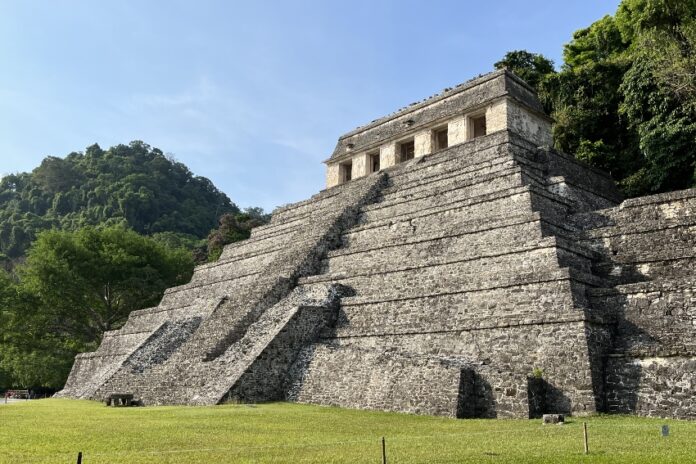After spending 15 years traipsing through 150 countries as a travel writer, I’ve had my fair share of “pinch me” moments. I’ve stared eye-to-eye with a Silverback gorilla in Uganda, felt the earth tremble under the hooves of a million wildebeest on a Serengeti safari, and drifted to sleep amidst the symphony of the Amazon rainforest. Yet, after all these epic encounters, my adopted home of Mexico still astounds me with its own treasures — places that don’t just rival the big hitters but hold their unique, powerful magic.
This new series is all about celebrating just that. Through the coming months, we’re going on a journey through Mexico, unearthing incredible experiences and lesser-known sites that, in my opinion, are comparable to some of the world’s most deeply moving places. We’ll explore beyond the postcards and discover the unspoken secrets of the country.
For the second installment of the series, prepare to be impressed if you’ve ever dreamt of, or perhaps experienced, the magic of Machu Picchu. Allow me to introduce you to a remarkable peer right here in Mexico: the ancient city of Palenque.
Machu Picchu vs. Palenque
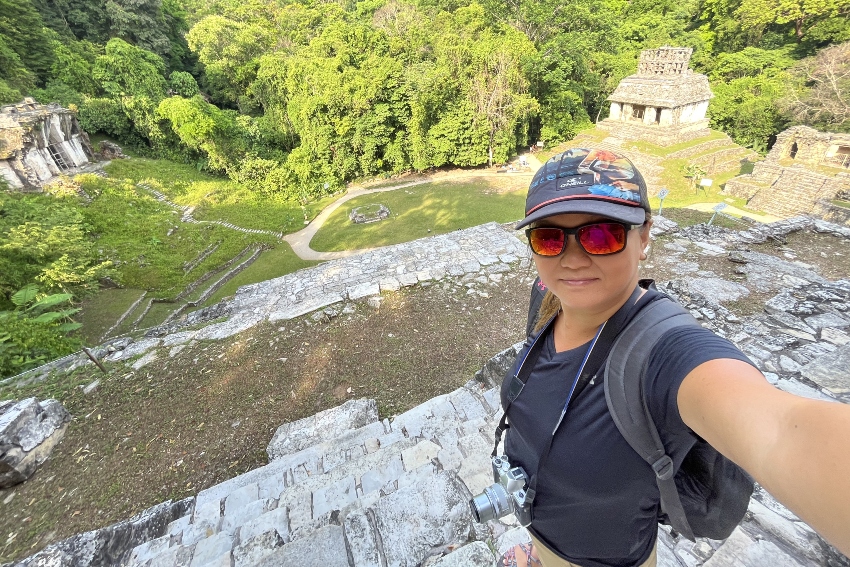
I know what you’re thinking, ‘How can Machu Picchu, the iconic city of the Inca in Peru, be similar to Palenque, nestled deep in the jungles of Chiapas?’ And you’re right, they sprang from different cultures, thrived in different landscapes, and are separated by thousands of miles. Yet, both these archaeological marvels speak volumes about human ingenuity and ambition. They were built by incredibly advanced civilizations, achieving architectural and astronomical feats that still astound us today.
The Inca carved Machu Picchu into a mountain ridge, constructing a city where stones fit together so tightly like a perfect jigsaw puzzle. The Maya of Palenque, masters of stone, built intricate temples and palaces that rose majestically from the dense rainforest, often with rich carvings and sophisticated structures. Both cultures were master urban planners, laying out entire cities with admirable precision, aligning their temples and avenues to the sun, moon, and stars.
The Inca kingdom
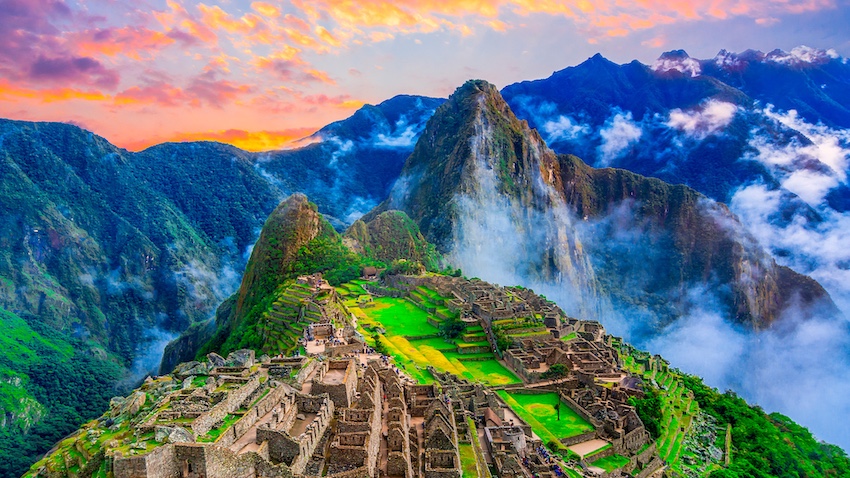
Perched majestically in Peru’s Sacred Valley, this spectacular 15th-century Inca citadel is one of a kind. Built around 1450 AD by the powerful Inca emperor Pachacuti, this “Lost City of the Incas” remained hidden from the Spanish for centuries, only to be rediscovered in 1911.
And what a discovery! Its sheer beauty is outstanding: intricate stone construction without mortar, sophisticated agricultural terraces, and a stunning harmony with the natural mountain landscape. Often shrouded in a mystical mist, it’s an ethereal place that whispers tales of a powerful, spiritual civilization. It’s no wonder UNESCO named it a World Heritage site and one of the New Seven Wonders of the World.
But here’s the reality check: Machu Picchu can get very busy, especially during peak travel season, and having to jostle with the crowds can take away a bit of its magic. Besides, its remote, mountaintop location means getting to Machu Picchu requires some serious planning and a considerable budget. It’s a fantastic, once-in-a-lifetime journey, for sure, but it’s definitely not easily within reach, compared to the sprawling Palenque ruins.
A powerful Maya city
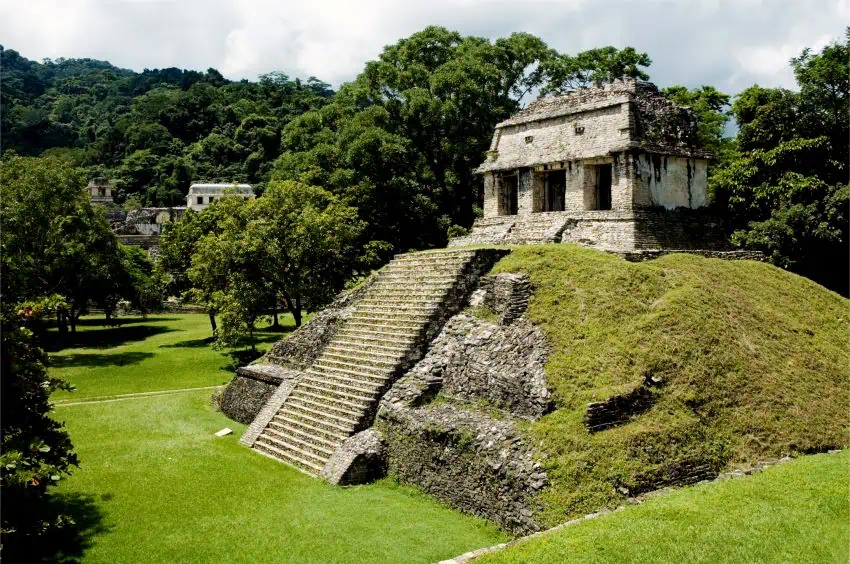
Rising from the thick jungle of Chiapas, Palenque presents a surprisingly similar, yet distinctly Maya, narrative. This was a powerful Classic Maya city-state that flourished between 600 AD and 800 AD. At the height of its power, Palenque commanded a substantial region, extending its reach across portions of modern-day Guatemala, Honduras, El Salvador, Belize, and southern Mexico.
What I love about Palenque is how it makes you feel like a modern-day Indiana Jones, discovering a lost ancient treasure. The massive palaces and soaring temples are still partially swallowed by the jungle, having withstood centuries of tropical downpours, encroaching roots, and the silent passage of time. In fact, archaeologists claim that they have excavated only 10% of this sprawling ancient city; most of it remains buried beneath the earth.
Keep your eyes peeled – I spotted quite a few spider monkeys swinging through the canopy, a coati or two trotting past me with their fluffy tails in the air, and colorful macaws flying overhead. The ancient city is nestled within Palenque National Park, a protected expanse of lush, tropical rainforest. You’ll certainly hear the constant gurgling of running streams and hidden waterfalls, and if you’re lucky, the booming roars of howler monkeys echoing through the trees.
Highlights of Palenque
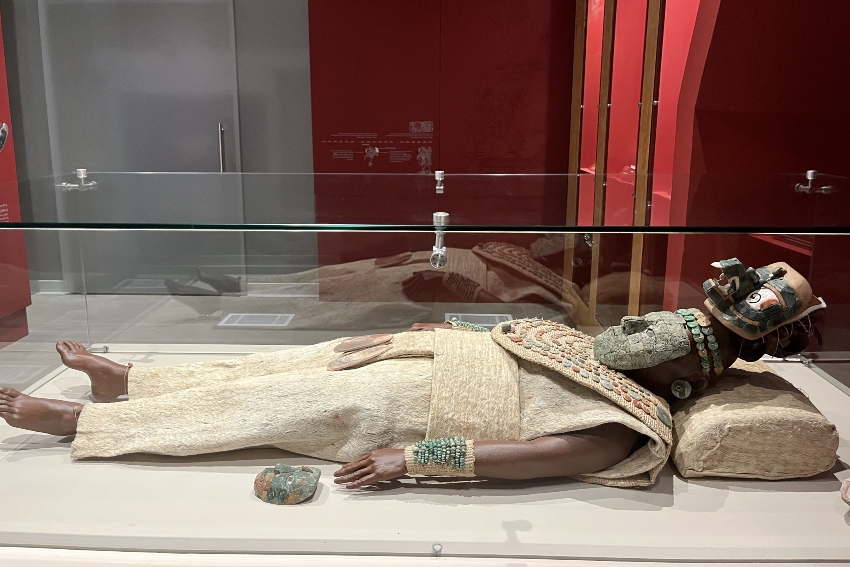
Palenque’s most iconic structure is the Temple of the Inscriptions, a pyramid unique in Mesoamerica for being built specifically as a funerary monument for a ruler – the revered King Pakal. Descending into his tomb, which features intricate carvings, is an utterly electrifying sensation. These days, they seal the burial chamber, but make sure to visit the on-site museum, where you can see the sarcophagus and the legendary jade mask of King Pakal on display.
Then there’s the grand Palace complex, with its distinctive four-story tower, courtyards, and elaborate stucco carvings depicting historical events and mythological scenes. It’s less about sheer monumental size and more about exquisite craftsmanship, artistic expression, and a profound understanding of astronomy and religion.
Palenque remains one of the few archaeological sites in Mexico where you can still climb the pyramids. Ascending the steps of the Temple of the Cross or the Temple of the Sun offers sweeping views over the entire archaeological zone and the endless jungle canopy beyond. I sat up there for at least an hour, just staring out into the wilderness and soaking in the sound of nature.
How to make the most of your visit

Getting to Palenque is a journey far less complicated and costly than reaching the heights of Machu Picchu. The nearest airport is in Villahermosa (VHM), two hours away by ADO bus from the town of Palenque. From here, colectivos (mini buses) are constantly shuttling visitors to the ruins — it’s a very easy and affordable 15-20 minute ride. Alternatively, catch the new Maya Train and travel in comfort from Cancún all the way to Palenque via Mérida and Campeche.
You’ll want to set aside a good half-day to truly soak in all that Palenque has to offer. My top tip: come early and enter the gates as they open at 8 am. I remember being one of the very first to step inside, watching as the ancient pyramids emerged, almost magically, from the low-hanging morning clouds – a truly unforgettable sight! Consider hiring one of the licensed local guides available right at the entrance. A good guide, with their deep knowledge of the Maya culture and the site’s hidden gems, can truly make a world of difference.
Waterfalls and natural pools
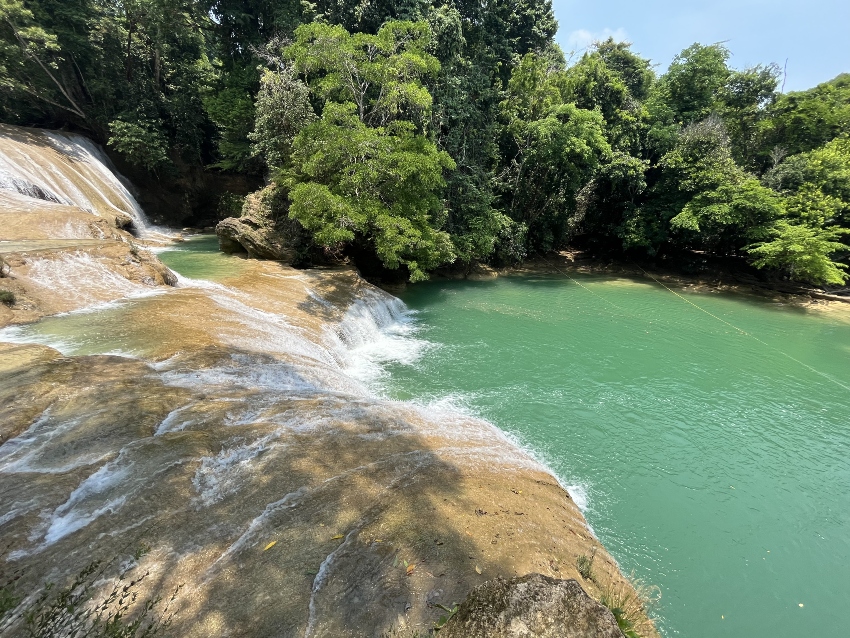
After a day of exploring the ruins in the sweltering heat, it’s worthwhile cooling off at the nearby Misol-Há and Agua Azul waterfalls. I could have spent all day swimming in the turquoise pools and marveling at the cascading waters here.
Misol-Há, about 20 kilometers (12 miles) from Palenque town, is famous for its single, dramatic curtain of water plunging into a large, swimmable pool. Continuing along the same direction, about 40 kilometers (25 miles) further are the popular Agua Azul waterfalls. Here, you can dive into the turquoise pools and unwind in a series of cascades. However, be warned: the row of souvenir shops and eateries that line the falls can become busy and noisy!
If you only have time for one waterfall, make it the Roberto Barrios waterfall. It’s considerably more beautiful and less crowded than the other falls. I found it a lot more authentic and intimate, but there are no facilities here, so pack some snacks. At roughly 15 kilometers (9 miles) from Palenque town, it’s in a different direction than Misol-Há and Agua Azul. You can easily hire a taxi from Palenque town to hit these falls, just make sure to confirm the return journey options!
A deep dive into Maya history
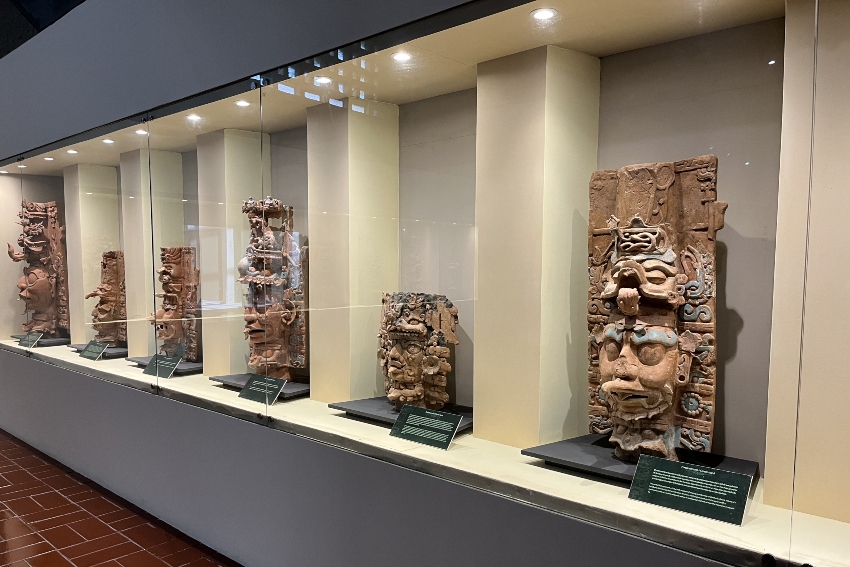
If Machu Picchu captured your imagination with its ancient secrets and mountain-shrouded mystique, then Palenque in Mexico is undoubtedly your next journey. While its Peruvian counterpart stands as a majestic wonder, Palenque provides that same deep connection to an ambitious, innovative ancient civilization, but in a setting that feels distinctly wilder, more intimate, and more easily accessible. It’s a journey into a living legend, one that not many people know about!
Nellie Huang is a self-proclaimed Mexico-holic and features writer for Mexico News Daily. She’s the author of Lonely Planet’s Mexico guidebook and has written hundreds of articles on Mexico for various publications. Read about her adventures worldwide on wildjunket.com and follow her updates on Instagram @wildjunket.
